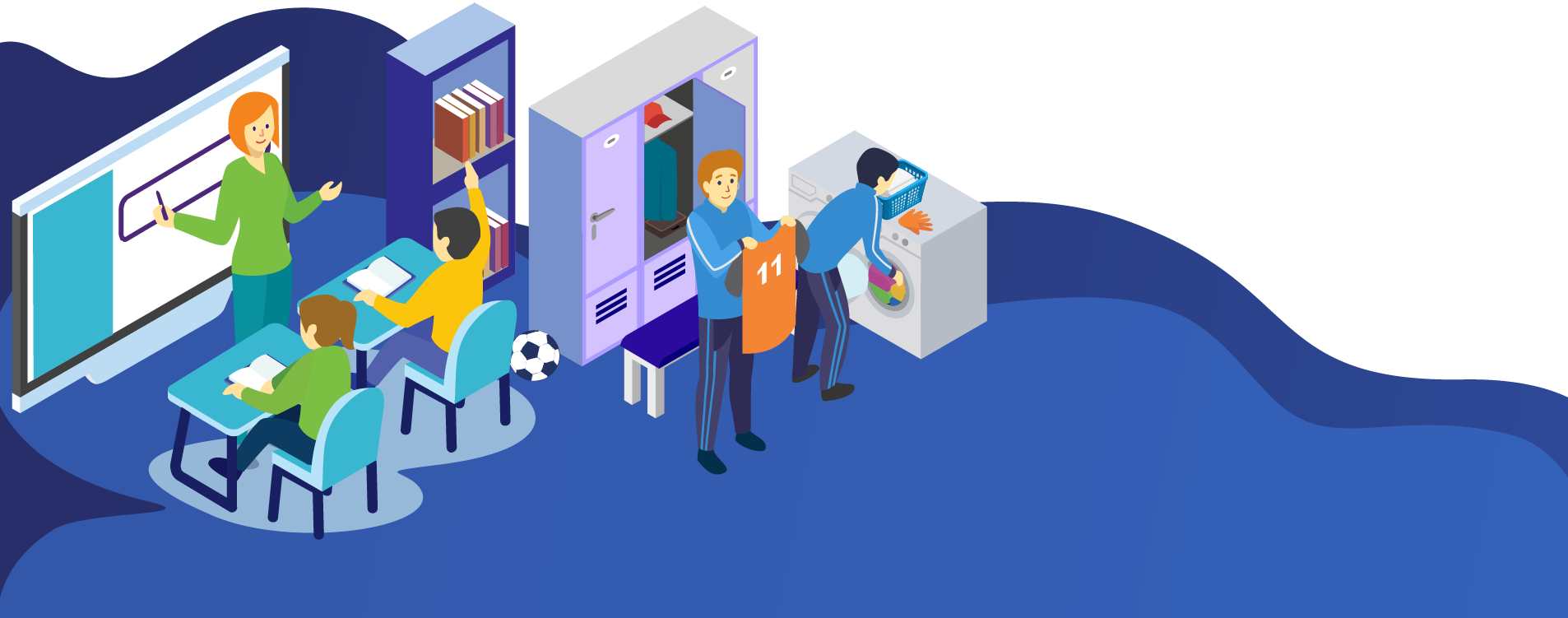3D printers: are they just for design and technology lessons?
Most think that school 3D printers can only be used for design and technology lessons, but they can be used in many other subjects too. Take a look!

When you think of 3D printers for school, which classroom are they in? The design and technology workshop, right?
Well, it might come as a surprise to you that 3D printers can be used to engage students with almost any subject. Don’t worry, this doesn’t mean that you’ll need to get lots of different printers – a portable model like the CEL Robox will do nicely.
Here, we’ll look at the different lessons 3D printers can be used in, and how students can benefit from their presence. Enjoy!
Why are 3D printers great for the classroom?
All students can benefit from having a 3D printer in the classroom. However, visual and kinaesthetic (tactile) learners will probably find it most useful.
Instead of learning by what’s on the board, a physical representation of a premise or concept can really aid their progress. It may also engage your students for a longer period as it’s an example of new and exciting tech.
You can also use your 3D printer to create new learning tools for your classroom. This is usually cheaper and almost always quicker than replacing existing materials, so give it a go!
By demonstrating concepts with a physical aid, you can easily demonstrate complex ideas, cement your students’ learning and help prepare them for assessments.
One other plus about 3D printers is that they get students hooked into STEM subjects. Present your students with the right challenge, and you’ll be able to watch them improve their problem solving and critical thinking skills using the printer. Sounds good, right?
Why aren’t more schools using 3D printers?
Most schools think that the process of installing 3D printers is an expensive luxury. You can see why; you have to pay for the equipment and teacher training, then extra filaments as time goes on.
However, printing technology is becoming more accessible and easy to use. Now there are several models designed specifically for use in schools for their budgets, so 3D printers may be more attainable than you thought.
Another reason many schools don’t use 3D printers is that they are unsure when/where to use them. Usually they think they’re just product design tools (which admittedly they are) but they can be so much more!
With just a touch of imagination, you could use 3D printers in many other subjects, as well as in everyday life. Luckily for you, we have a few ideas!
Which subjects can 3D printers be used for?
1. Maths
Print 3D representations of mathematical subjects and pass them around the class to give all of your students an opportunity for interactive learning.
Try it for explaining 3D views of shapes, fractions and even to create your own dice!
2. History
Did you know, museums are now scanning artefacts and making that information available for download?
All you have to do is use the information and print objects that are relevant to your curriculum, for example an Egyptian mummy’s hand or a WWII relic.
This will inspire your students and encourage discussion amongst them. Through handling and looking closely at the artefact, they’ll be able to find details they’d never have seen in books!
3. Food tech
Challenge your students to make their own cake or jelly moulds. This will help them explore the limitations of the printer, your ovens and result in some tasty treats at the end! Yum!
4. Geography
Make 3D maps of areas to help understand different topographies and land types. 3D printers can help you explain concepts like the water cycle, rock formations and even more complex geological forms.
You see? You can use 3D printers for a range of subjects, not just design and technology. Use this opportunity to immerse your students in each class and inspire them to explore new things.
Do you think your school could benefit from 3D printers? Our experts at Utility Rentals can help you explore your options – just get in touch.

